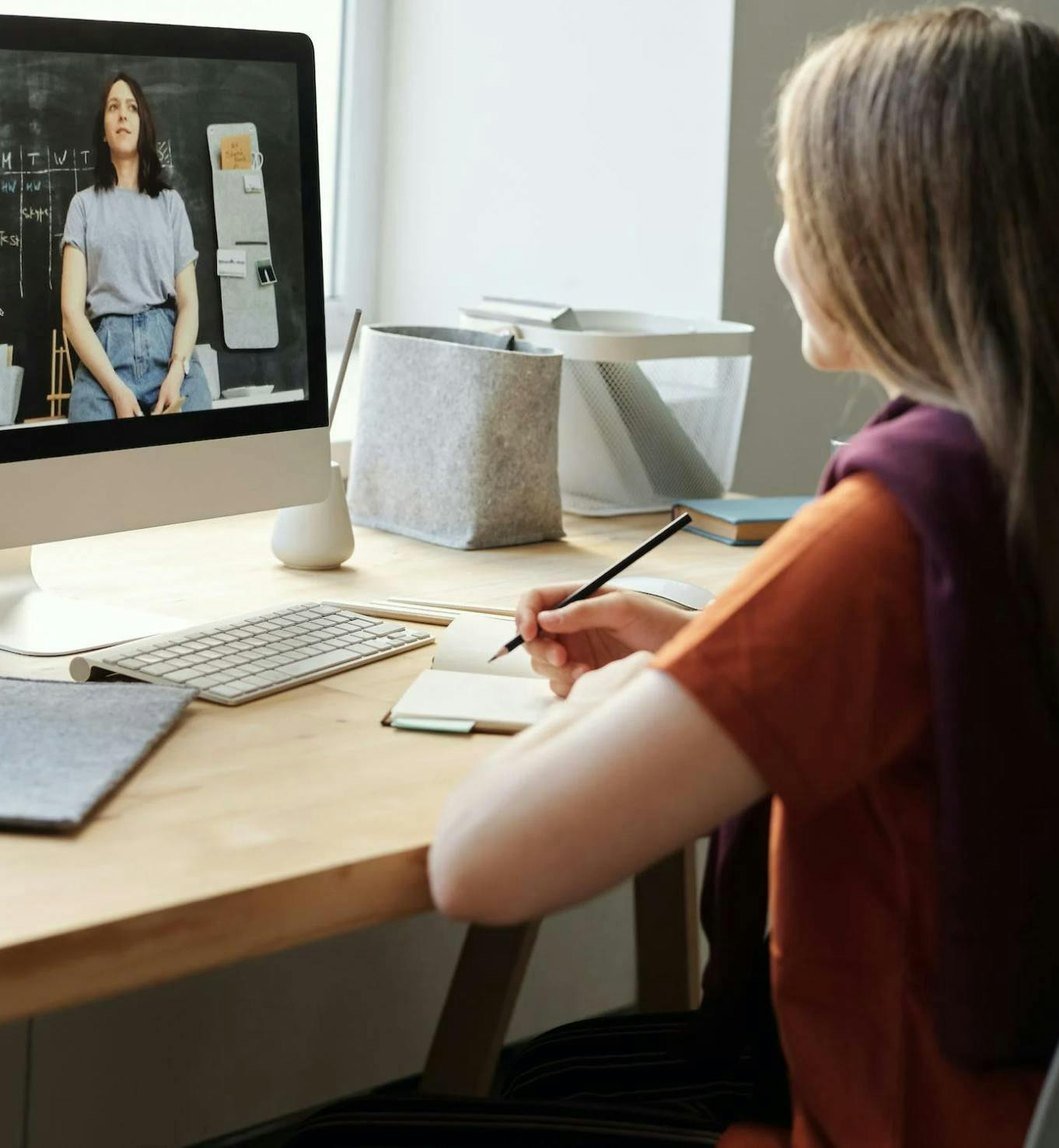Digital accessibility
Making a course digitally accessible ensures that all students are equally able to access and engage with the material and benefit from all the course has to offer. It is about designing and selecting materials and technology that support accessibility and limit the number of barriers a student may face. It is also about considering diversity and how students' needs vary. Materials and technologies should be accessible for people with visual, hearing, mobility and/or cognitive impairments, older people or others who could find it difficult to use the material or technology. Digital accessibility improves the student's learning experience and the effectiveness of the learning environment. It benefits everyone, including non-disabled students.

Have you taken the test before?
Enter your code to see your results.
Why is digital accessibility important?
Making a course digitally accessible ensures that all students are equally able to access and engage with the material and benefit from all the course has to offer. It is about designing and selecting materials and technology that support accessibility and limit the number of barriers a student may face. It is also about considering diversity and how students' needs vary. Materials and technologies should be accessible for people with visual, hearing, mobility and/or cognitive impairments, older people or others who could find it difficult to use the material or technology. Digital accessibility improves the student's learning experience and the effectiveness of the learning environment. It benefits everyone, including non-disabled students.
When designing a course, it is important to keep accessibility in mind whenever you add material to the course web or choose which technology to use. If you don't guarantee accessibility from the outset, it can take longer to fix issues afterwards, e.g. if a disabled student registers for the course.
Materials are available on the Setberg website
Course planning and design
The Student Counselling Centre website contains
information for teaching staff about students entitled to disability services
